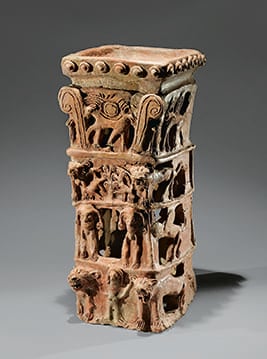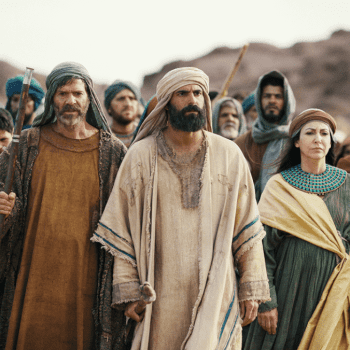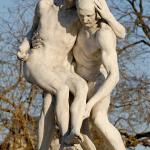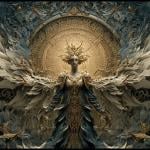The people of Israel, as depicted in the Hebrew Bible, often seem unrealistic. How could a people experience the Exodus from Egypt, the conquest of Canaan, and still other miraculous deliverances, only to continually turn away from faithful exclusive devotion to the one God?
Historians have an answer to that, one that is different from a theological or narrative answer, and I think it is worth reflecting on, since it highlights something that historical critical approaches to the Bible can offer that other approaches simply cannot. In short, historical approaches ask questions about processes, events, and concerns behind and before the text is written that shape it. From a narrative perspective, the call to the Israelites to return to their foundational beliefs and covenant denigrates them and makes them look terrible. From a historical perspective, we can see that the authors of works like Deuteronomy and the Deuteronomistic History (Judges-2 Kings) were advocating not a reformation or return but a revolution.

Taanach
10th century BCE
Pottery
H. 53.7 cm W. 24.5 cm D. 22 cm
Excavations of the American Schools of Oriental Research and Concordia Seminary, St. Louis, Missouri
SAOJS K 4197
One of the highlights for me of visiting the Israel Museum in Jerusalem was getting to see the cult stand unearthed at Taanach. I was already fascinated by photos and descriptions of this artifact, but seeing it in person allowed me to see and appreciate certain features better than I ever could have otherwise. Indeed, I think that one aspect of the object’s 3-dimensionality may be important to its symbolism. On the bottom level and the third one up there are parallel representations of Asherah, the chief female deity, in two of her characteristic symbols: a woman between two lions, and a tree that is feeding animals. That in itself is fascinating, a reflection of what archaeology (as well as historical-critical study of the Hebrew Bible) reveals about what was simply accepted religion in ancient Israel before the monotheistic revolution that seems to have begun with a Yahweh-first movement opposed to Ba’al of Phoenicia receiving equal footing in connection with the Israelite king’s marriage to a Phoenician princess who was an avid devotee of her own people’s deity, and which then evolved into a Yahweh-alone stance, perhaps as a prophet who experienced infidelity in his marriage applied his insights to how he viewed God.
But I’m also fascinated by the representations of the male deity, presumably Yahweh. The second level up has two cherubim and an empty space, reminiscent of the ark of the covenant. The top level has an animal reminiscent of the gold bull that some scholars have thought, even just from reading the Hebrew Bible, was more likely a “seat” for the deity than a depiction thereof. On the back of the animal is…a sun disk! Yahweh is identified with the sun, or symbolized by the sun, in a wide array of iconography and textual references, including Mandaean texts equating Adonai and Shemesh, and Jewish mosaics found in synagogues such as the one at Dura Europos.
Of related interest, James Hoffmeier recently wrote an article about Atenism and the attempt at a monotheistic reform in Egypt. Also of related interest: the places that YHWH will choose: Ebal, Shiloh, and eventually Jerusalem; and Bob Cornwall on Jeremiah 24.













